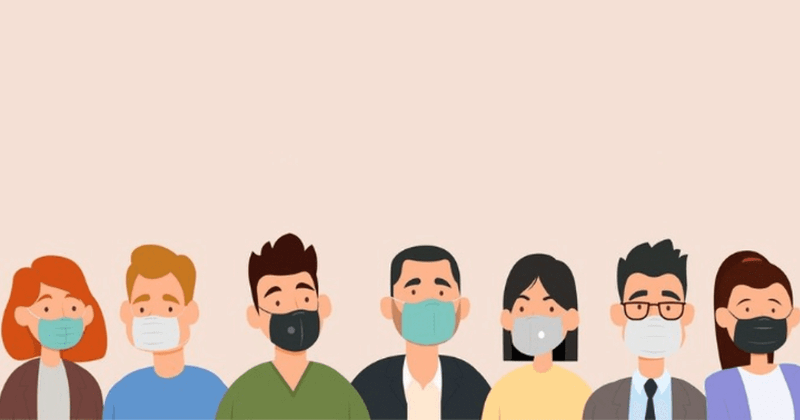Face masks make communication tough. To read people’s emotions, you generally need to be able to see their entire face. While we are optimistic about the return to in-person meetings thanks to vaccinations, masks are not leaving our meeting space anytime soon. Large hotel and management companies have already indicated that masks will be required for everyone on property for the foreseeable future. Those same companies have stated that they will follow CDC guidelines no matter what the local laws dictate.
As we all recognize, smiles are meaningful as social cues for attendees, exhibitors, and sponsors to draw industry colleagues into conversation. They “play an important role in greasing the rails of politeness,” adds Mark Frank, Ph.D., a professor and chair of the Department of Communication at the University at Buffalo. “When you walk past someone whose smile cannot be seen, you lose something that conveys that the person is approachable, polite, and friendly.”
So how do we go about effectively communicating while wearing a mask? How do we have meaningful conversations? As planners, what steps can we take to implement fixes that will go to facilitating conversation?
- Eye Contact
It’s safe to assume that if you don’t have eye contact with the person with whom you are speaking, that person isn’t hearing anything you’re saying. Eye contact is a crucial part of effective communication and connecting with people. Planners can set up “I See U” lounge areas with highboy tables that allow you to have your communication partner’s attention. The tables will encourage your attendees to face each other directly, without anything blocking their view while maintaining social distance hotel standards.
- Voice
Mask’s do make it harder for others to hear what is being said. Planners can set up one on one “quiet zones” where background music is limited or non-existent, and conversations are encouraged. Setting up low seating with encouraging touch-less signage will help convey the area’s purpose. These areas can be separate from the typical foyer space. Having table stands that emphasize hints regarding enunciation and speaking words as clearly as possible while increasing the volume of your voice will help facilitate conversation. Also, encourage pausing as an additional way to encourage communication and add value. Pausing while speaking helps to punctuate words and helps the listener have time to process what has been said before more information is shared.
- Gesture
In addition to making eye contact and enunciating words, gestures will help convey meaning and emotion when communicating while wearing a mask. Not only do gestures visually assist the person who is listening, but they help with inflection and tone. Thumbs-ups, waves, head nods, and other cues reinforce the messages that are being spoken. Start the suggestions of gesture communication in the pre-event materials and follow up through touchless signage, verbal and screen announcements once the meeting has commenced.
- Smile
Even though a smile cannot be seen physically because of the mask, it can be heard within a voice. Studies indicate when a person smiles, it can be “seen” in their eyes. Planners can suggest attendees mask up with flair to help express personality that is lost when attendee’s faces are covered. Wearing a mask with a smiley face, inspirational message, or a favorite sports team logo can suggest one’s personality and be a point to start up a conversation.
Taking these simple steps to facilitate communication at in-person events will help attendees get the most out of the meetings and overcome the communication problems that masking presents.


